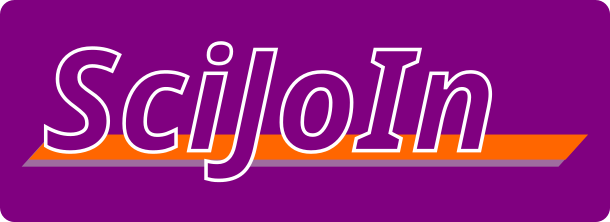Non-support for trainability of teammate recognition based on movement perception?
DOI:
https://doi.org/10.20338/bjmb.v13i1.120Keywords:
biological motion, movement signature, recognition, training, video, water-poloAbstract
Accurate decisions are essential for successful performance in visually and temporally constrained sports environments such as water-polo. Visual cues (uniform and facial) can be obscured by other factors such as splash, or partial submersion, thus leading to misclassification of others as teammates and lost scoring affordances. Research suggests that similar to land gait recognition, swimming gait is also distinguishable from temporally occluded visual stimuli, thus allowing teammate recognition. This research demonstrates that while individuals have good perceptual ability it is rarely performed at a 100% rate. Therefore, the purpose of this study was to assess whether teammate recognition accuracy can be enhanced using a video-based training paradigm and, which factors affect this ability. N=12 females (Mage = 18.75yrs ± 2.5) completed a two-week video training intervention. Statistical analysis demonstrated that participant’s performance didn't change significantly after training (kick: p=0.814; stroke: p=0.939), nor was their ability dependant on experience in water-polo (kick: p=0.141; stroke: p= 0.169), skill level (kick: p=0.715; stroke: p=0.287), or training adherence (kick; p=0.536; stroke p=0.797). While some research suggests that recognition based on biological motion is trainable it was not corroborated in this study and thus requires further investigation as to the mechanisms that contribute to improvement.
Downloads
Published
How to Cite
Issue
Section
License
Copyright (c) 2019 Kylie Ann Steel

This work is licensed under a Creative Commons Attribution-NonCommercial-NoDerivatives 4.0 International License.
Authors must declare that the work submitted is their own and that copyright has not been breached in seeking its publication. If the manuscript includes work previously published elsewhere, it is the author(s) responsibility to obtain permission to use it and to indicate that such permission has been granted.
Authors retain the copyright of their paper and grant the Brazilian Journal of Motor Behavior (BJMB) the right to first publish the work under a Creative Commons Attribution-NonCommercial-NoDerivatives license (CC BY-NC-ND). This license allows users to share the paper given the appropriate credit to the author and source and does not allow commercial uses and derivative materials to be produced.



























